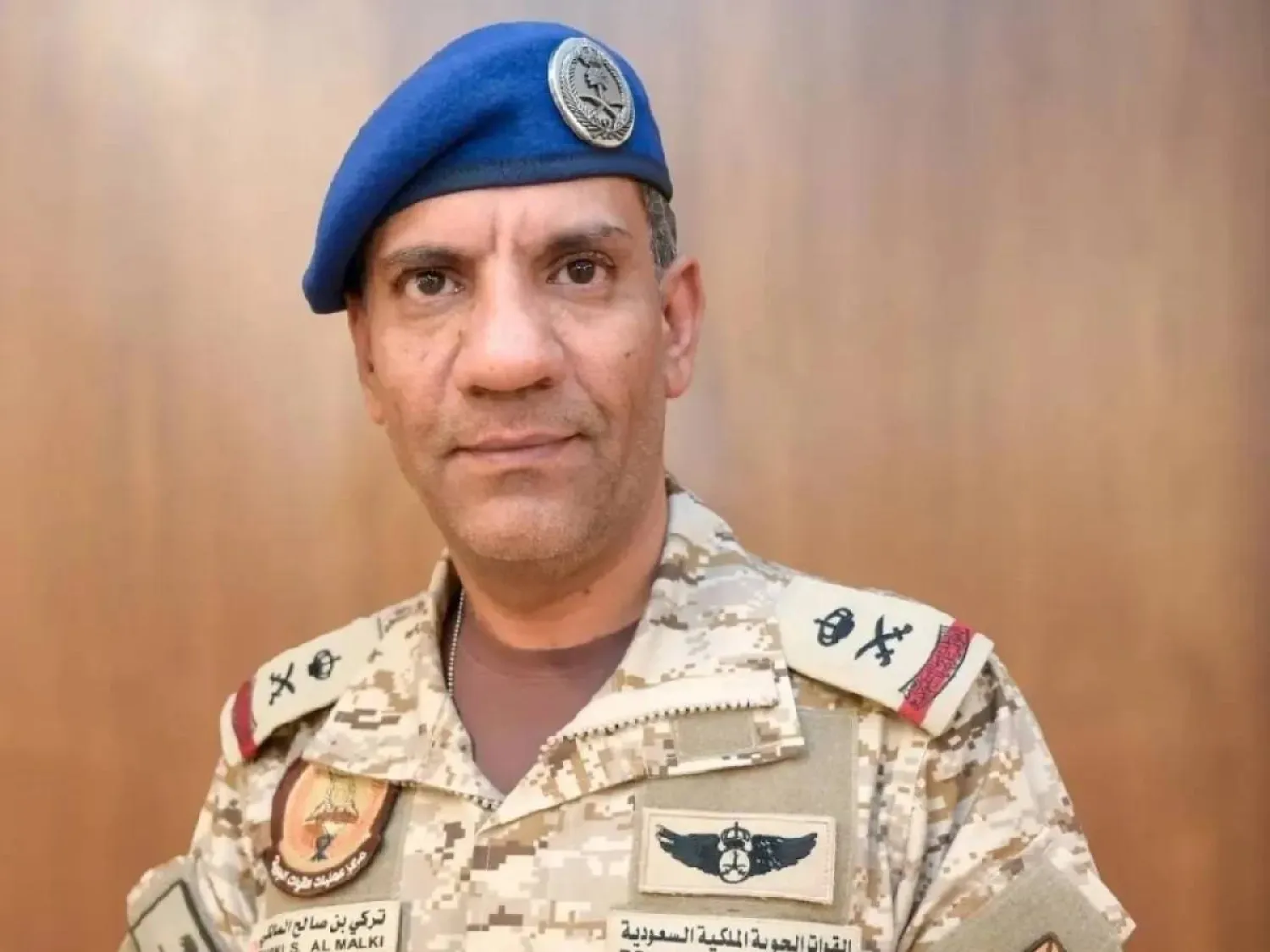Photos of US military convoys moving in separate cities are circulating on the local media in Iraq amid reports that the Shiite factions are “aware of an imminent operation, and have been asked to avoid escalation.”
However, Major General Yahya Rasool, spokesman for the Commander-in-Chief of the Armed Forces, denied in a televised statement any US military movements.
In turn, a government official told Asharq Al-Awsat that the alleged movements “are limited to locations outside the Iraqi border.”
But three Iraqi figures, including a leader in an armed faction stationed in northwestern Iraq, told Asharq Al-Awsat that the US was repositioning its troops in the region, in preparation for a military operation outside Iraq.
The leader noted that the armed factions believe that the strategic objective of the operation was to “change the rules of engagement with the Russians in Syria.”
“What we have now is just speculation, based on limited information, as the Americans do not share much with Baghdad about their operations,” he underlined.
According to the Iraqi figures, “the Americans will also try to cut off the Iranian supply route towards Syria and Lebanon, through Iraqi territory (...). This is all we know so far.”
Unusually, factions known for their positions against the US presence are maintaining calm over the recent US movements.
A leader in the Coordination Framework said: “The faction leaders recently discussed information about the American moves, and received an Iranian message that what the Americans are doing - whatever it is - is not a cause for concern.”









